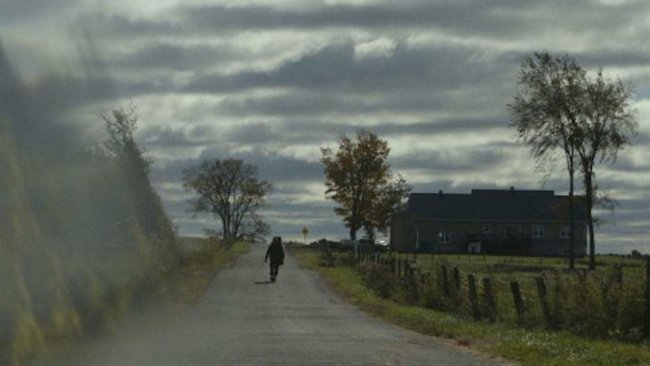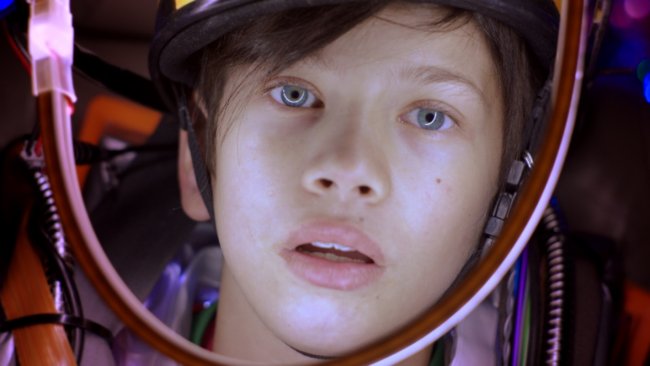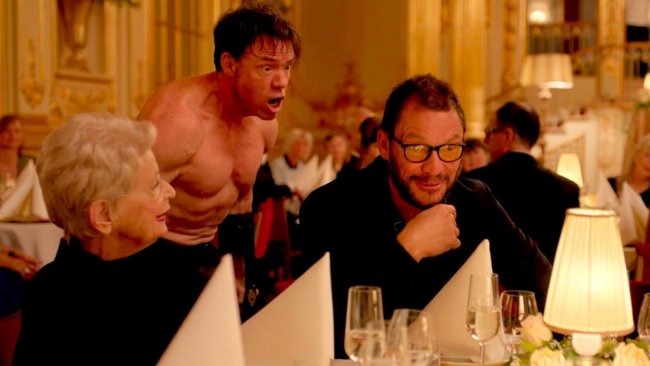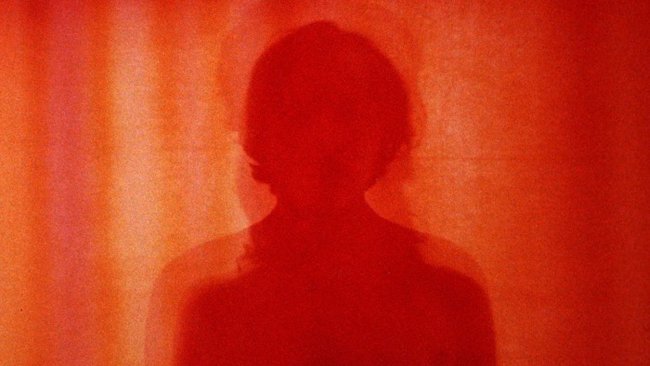Sea without Shore
[…] Actually, there is a third dancer in this choreography: the camera of Marcus Waterloo, who performs an incredible work to harmonize the never disturbing movement of the camera with the theatrical dancing of the women.
[…] In order to stage this dramatic absence and roughness through image and text, the two directors, André Semenza and Fernanda Lippi, create a complex soundscape – genially designed by Glenn and Danny Freemantle –, which works on many levels.
[…] «Sea without Shore» is a work of beauty, resulting from various excellent talents, all gathered around a pagan Nordic dialogue between dance and nature.
Text: Giuseppe Di Salvatore
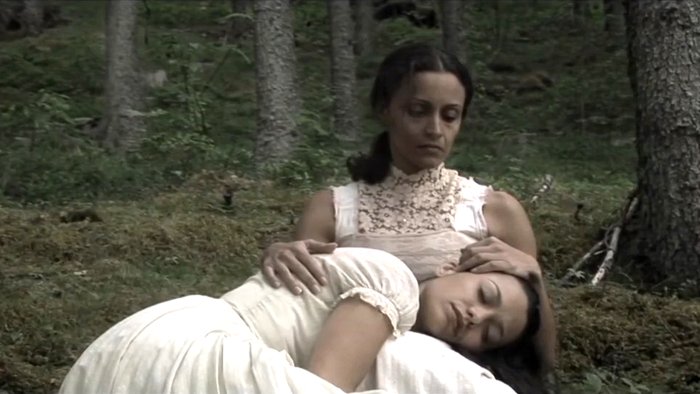
«A rhythmically captivating exploration of love and loss at the fin de siècle. An amorous relationship between two women abruptly cut short.» I quote from the description on the film’s website, and that could suffice for the plot of Sea without Shore, a film that envelops us in a specific Nordic atmosphere, where the cold of the Swedish rural landscape contrasts with the passionate acting of the two women. Livia Rangel and Fernanda Lippi – who is the co-director and choreographer – dance in the forest, dance to the lake, on the frozen lake, on the grass, and in a 19th century fashioned room. They build a very physical moving landscape, writing on the silence of the greys and greens of nature. Actually, there is a third dancer in this choreography: the camera of Marcus Waterloo, who performs an incredible work to harmonize the never disturbing movement of the camera with the theatrical dancing of the women. Together, the three tell a story of passion, sweetness, desperation, affection, fear, loneliness; a mosaic of expressions in which we can orient ourselves also thanks to the pattern of repetitions and recurrences of different settings, alternating in a contrapuntal editing.
This line of images is paired with the line of the voice-over, which reads texts from three rare poets: the 16th century, lesbian poetry of Katherine Philips is intertwined with the late Romanticism of the Sapphic poems by Renée Vivien and Algernon Charles Swinburne. The tones are excessive, sometimes hermetic (mainly in Swinburne’s case), sometimes delirious. Without knowing these sources, one could easily sense that delirious abstractness, typical of a certain Wagnerian fin de siècle. The somehow exotic line of these texts is expressed in the Swedish language, so as to integrate the voice into the quiet cold landscape. In this way, we find the same kind of contrast on the voice layer as on the image layer between the landscape of nature and the landscape designed by choreography: the uniformity and monotony of the voice contrasts with the excitement and excess of the texts.
But if the texts go too far, and sometimes veer on the metaphysical, the strong physical presence of the dancing women keeps the dramatic tension quite real. Sea without Shore: the absence of the shore leaves only the rough meeting and separating of earth and water. In order to stage this dramatic absence and roughness through image and text, the two directors, André Semenza and Fernanda Lippi, create a complex soundscape – genially designed by Glenn and Danny Freemantle –, which works on many levels: the expressive voice-over, the sounds of nature, the osmotic music of The Hafler Trio, the noises of the dancers, and the insertion of two pieces by Chopin that function as a powerful refrain.
Sea without Shore is a work of beauty, resulting from various excellent talents, all gathered around a pagan Nordic dialogue between dance and nature. It is often stressed how cinema can find new inspirations and nutriment from theatre, music or poetry. This film shows us how much choreography can be happily displayed in moving images, and how it fruitfully affects all the other aspects of filmmaking.
This article contains a third-party video. If you would like to watch the video, please adjust your settings.
Info
Sea without Shore | Film | André Semenza, Fernanda Lippi | UK 2015 | 91’ | Solothurner Filmtage 2016
First published: April 25, 2016
